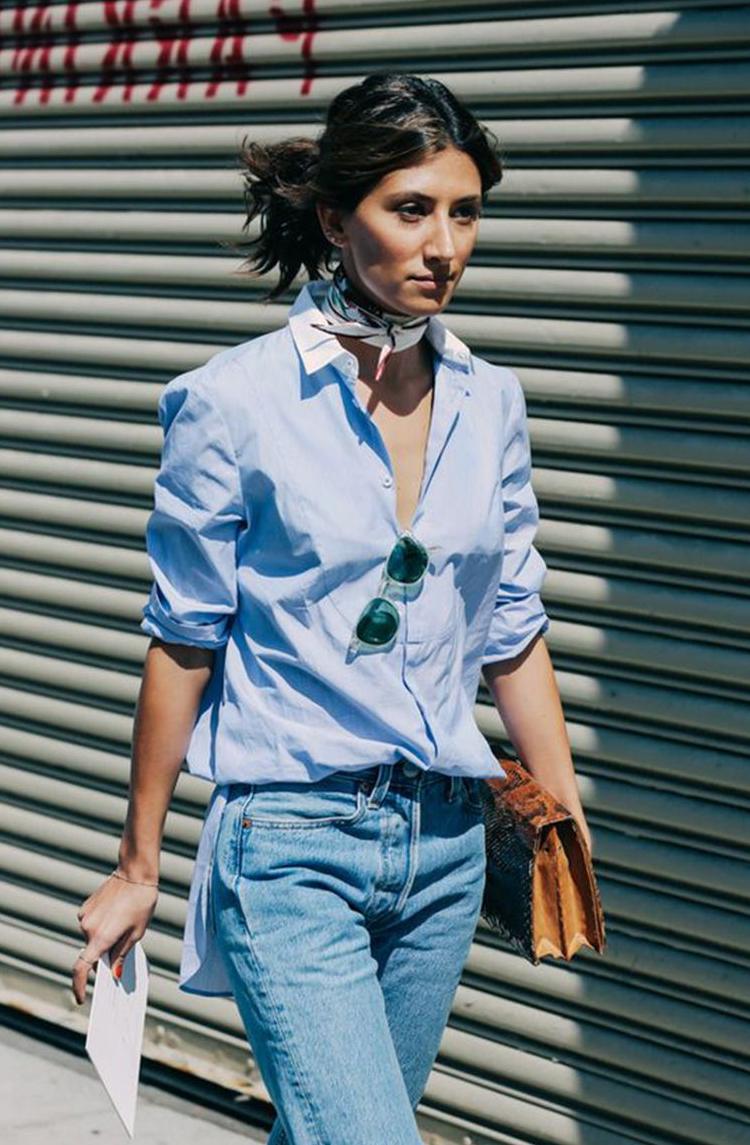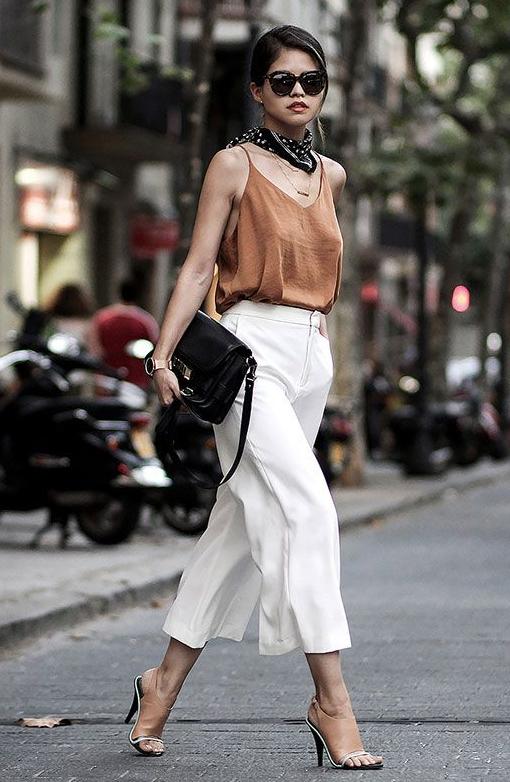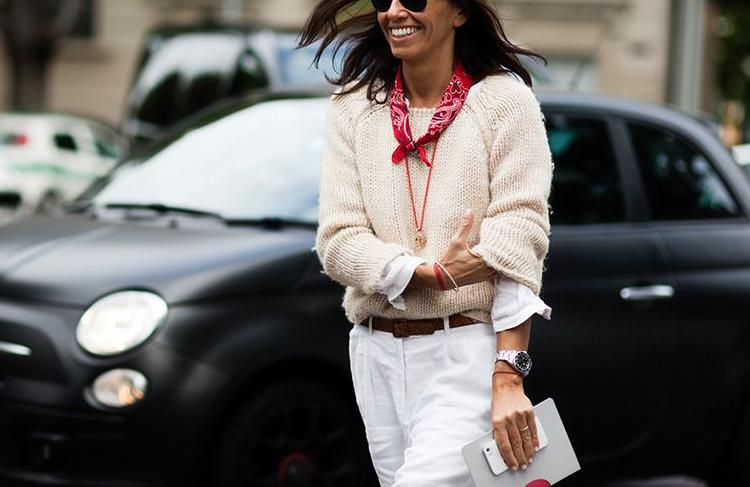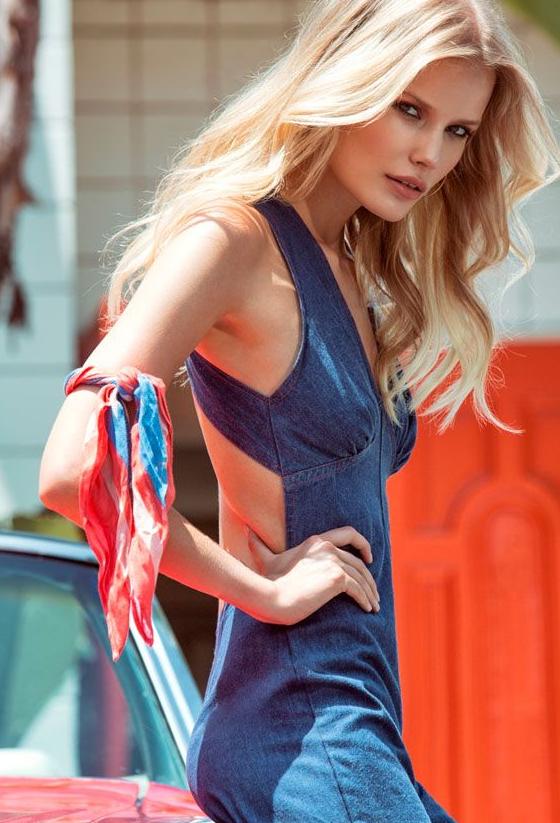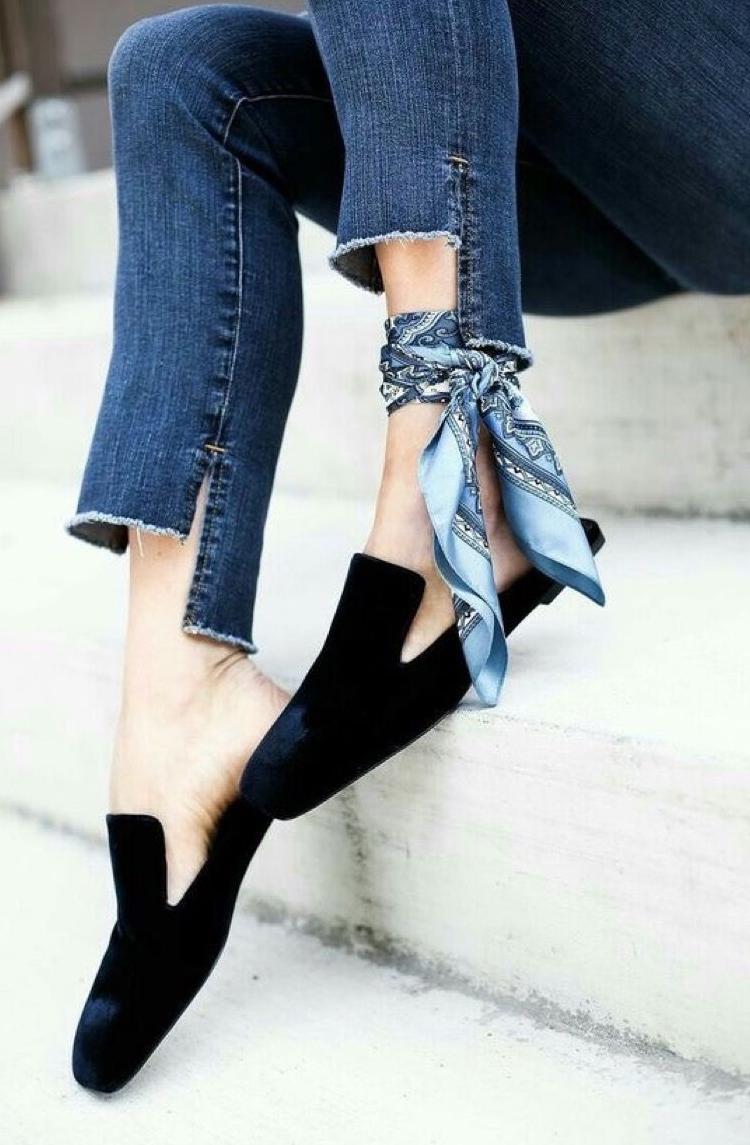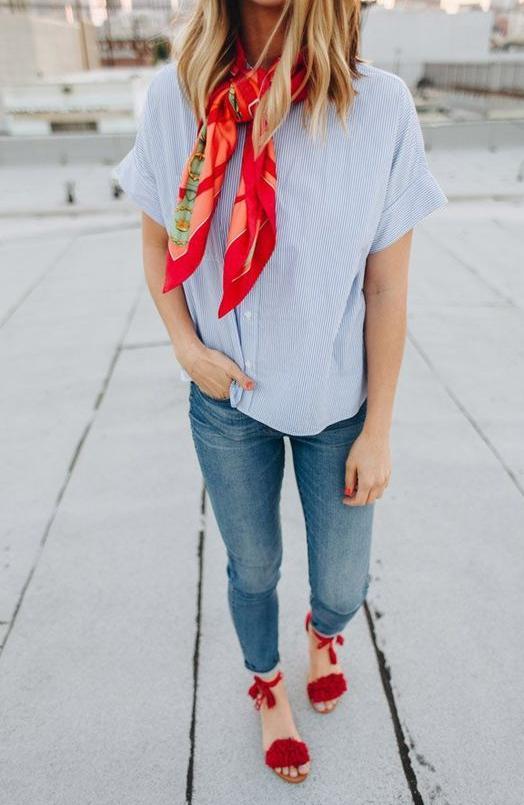Bandanas are not a new fashion accessory for women. They have been around since the late 1800s, when they were commonly worn by cowboys and soldiers. Bandanas were also popularized by rebel groups in Latin America and Africa, from the Rastafarians to the Mau-Mau. These days, bandanas are catching on with fashionable women who want an edgy edge to their look.
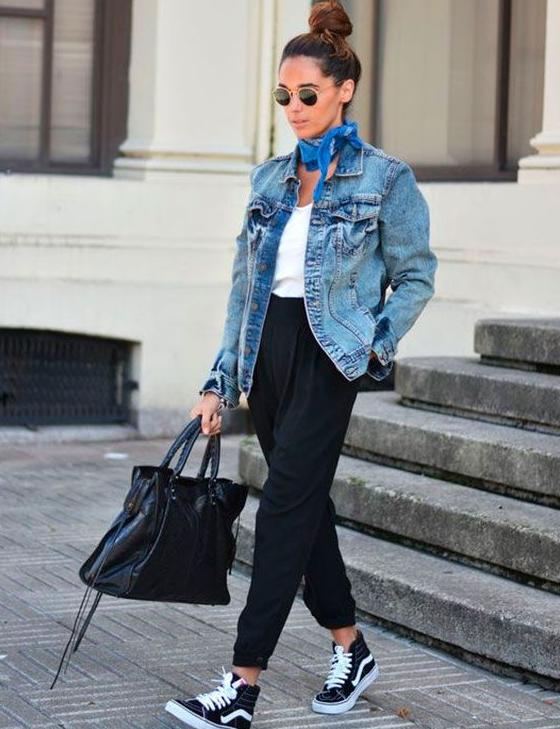
Women who wear bandanas typically pair them with bikini tops or tank tops that reveal skin, such as at a beach club or at music festival. The look is also appropriate for street festivals.
Fashionistas can also wear bandanas during the day as a fashion statement. You can wear them with skirts, trousers, jumpsuits, and shorts that are cropped or knee-length. You can wear bandanas with polo shirts or t-shirts during warmer weather, especially in the evening when you are going out on a date.
You will want to make sure your bandanas match your outfit and aren’t too ragged from having been used too many times. Bandanas are a popular fashion item that have been popular for many years, and their popularity is unlikely to fade in the near future. Though they may have originated as a tool to hold back hair and keep sweat out of the face, they come in a variety of styles and are used for different purposes.
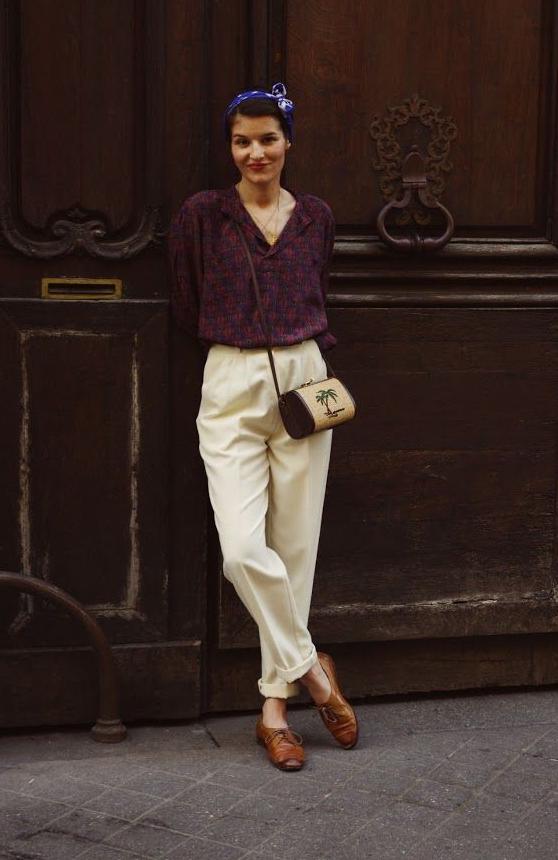
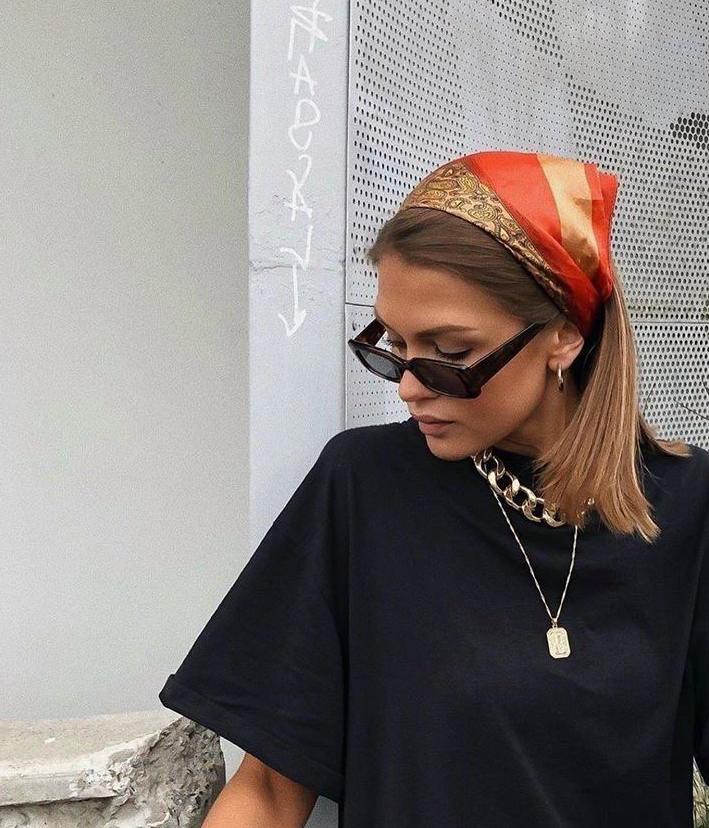
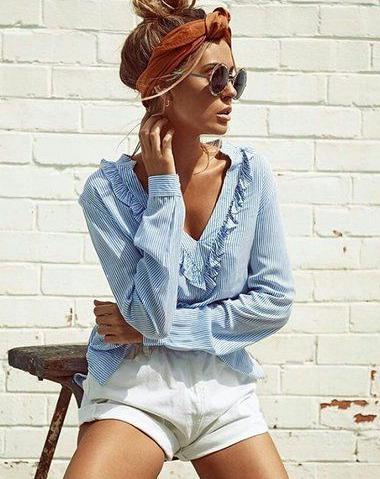
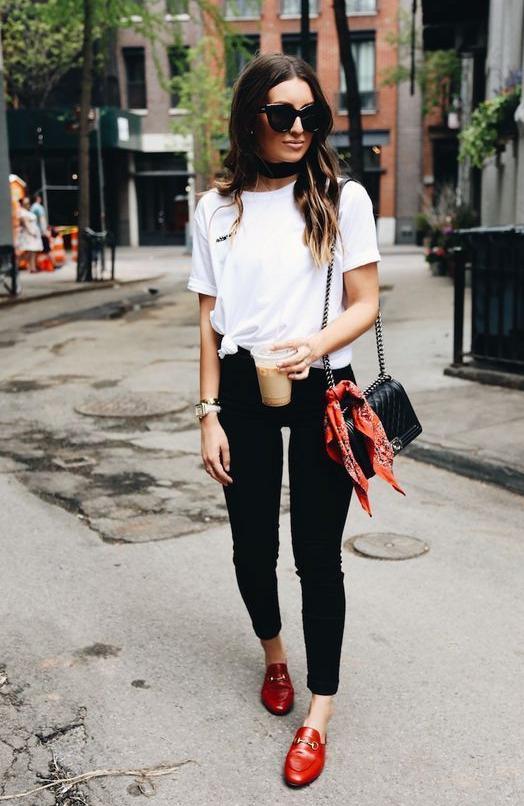
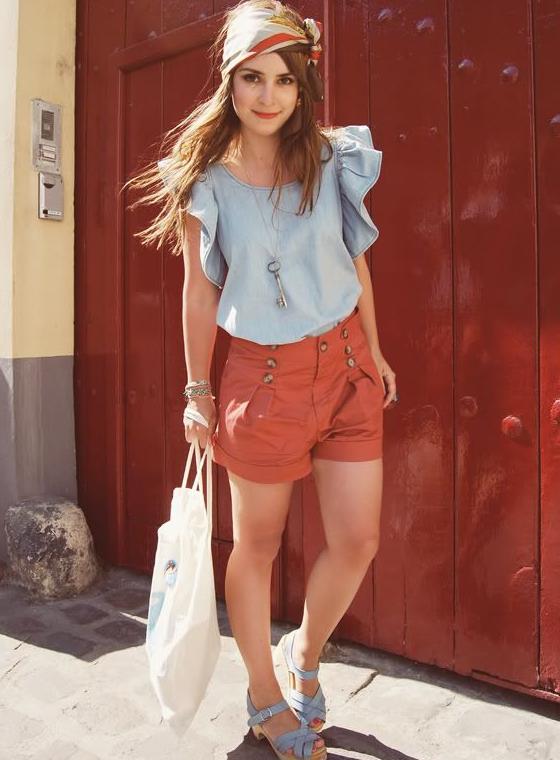
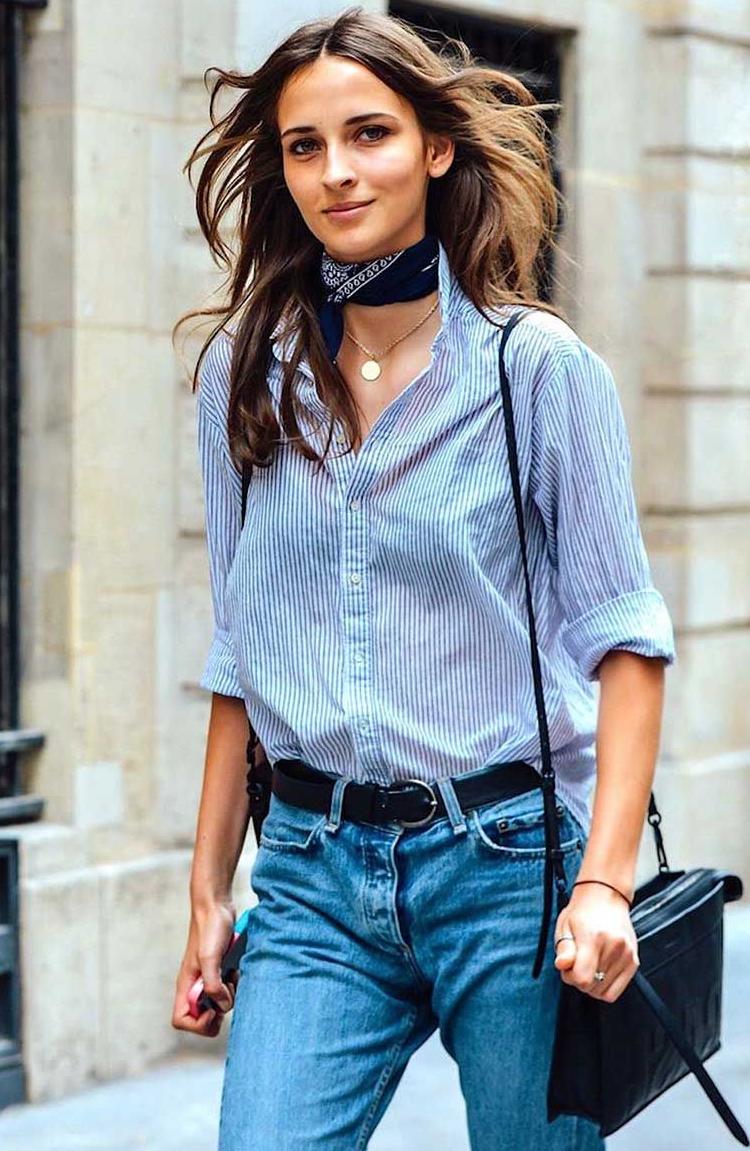
One trend that has recently gained popularity in women’s fashion is to use bandanas as a headband. These can be worn with any style or outfit, from casual weekend wear to everyday attire. One bandana pattern that seems to be especially in style right now is paisley or other patterns found on traditional Turkish kilims.
Because they are considered to be “in style,” bandanas serve as a fashion accessory that can be worn with practically anything. With the rise of pride week celebrations in the United States, they are used to support those promoting homosexuality, and in the workplace, the image of a woman wearing one as a headband may suggest strength and dominance.
Though they can be used for different purposes in different contexts, many women find bandanas to be stylish accessories. They can be useful for keeping hair out of one’s face and preserve one’s modesty during physical activities like working out at the gym. They can also be worn to protect one’s hair from the sun, and because they are made of fabric, they can be useful for hiding the hair loss that tends to come with age. In addition to these benefits, bandanas have a very old-fashioned feel and can be used as accents in an array of clothing style choices.
Women’s Bandanas: History & Types
Bandanas are items that have been around for centuries. While there are certainly many other ways they could be used besides covering up hair or protecting it from the sun, these two functions seem to be the most popularly observed. It is from these two uses of bandanas that we get the name.
The word bandana itself is Spanish, and it literally means “rag.” Originally used as a piece of cloth around a person’s head, it eventually came to be used as a piece around one’s neck. Bandanas are thus the result of two separate events happening over time, in which different methods of wearing them evolved rather than the cloth itself changing by any significant amount.
Cloth tends to wear out more quickly than other fabrics in nature, so this function did not evolve at anything close to an equal rate with the other aspect. In fact, it does not appear that bandanas have ever been made with cotton in mind at all. Instead, bandanas are usually made of wool or other materials that can be dried quickly. It is also known that many were hand-made, as most were used to cover up hair. This means they were not meant to be used as an accessory for a long period of time, and they do not last very well over time at all after their useful lifespan has passed.
The fashion for using bandanas as headbands did evolve over time, however. They began being made more often by women when they became fashionable in the late 19th century and the early 20th century. Originally worn under their bonnets or on top of them, they eventually come to be worn around one’s own head instead of on top of it.
Modern Bandana Designs & Uses
Today, bandanas can be used for an array of purposes. They can be worn in a variety of situations to invoke different feelings or convey a certain message. In general, though, they are still considered to be useful pieces of cloth that can be worn around the head and neck for many reasons.
In the western world in particular, bandanas have become more popular in recent years. In America, this increase in popularity is mostly attributed to those who wish to show support for the homosexual rights movement. For this reason, many people associate them with gay pride week celebrations and rainbow colors. In other places, such as Japan, they are worn with outfits that evoke a more ancient context.
In the 19th century, people who wanted to wear bandanas in their hair to express their Mexican heritage would often get them from the Philippines. This is because bandanas were not typically used by Mexican women, and so they had to import them from other places. However, fashion has changed over time and now many women wear bandanas for this purpose.
Structure of Bandana Fabrics
One major function of bandanas that is often overlooked is whether or not they are washable or dry-clean only. In most cases, they do not have to be laundered or washed at all. This is because they are made of wool and other materials that do not tend to get dirty easily in the first place.
Women’s Bandanas: Material
Bandana fabrics today are manufactured using a variety of fibers. In general, these types of materials are what make bandanas themselves different from clothing. They are generally made of wool or cotton and will often have a tendency to wrinkle very quickly. Because they must be wrinkle-free when they are put on, this means that the wrinkle-resistant nature of these fibers is important for decreasing wrinkles in bandanas and making them as smooth as possible when worn around the head or neck.
